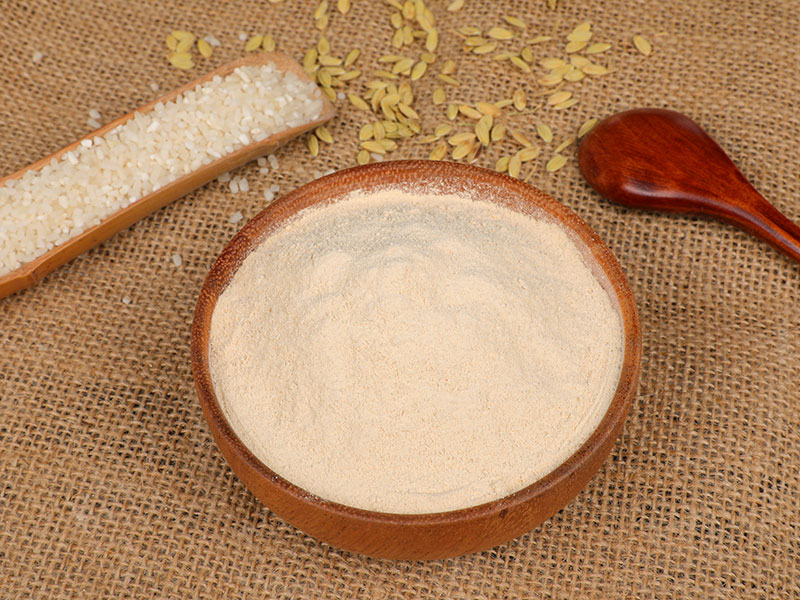Rice protein has emerged as a valuable nutritional resource, particularly for individuals following plant-based diets and seeking high-quality protein sources for sports nutrition. This comprehensive guide explores the diverse applications and benefits of rice protein, shedding light on its role in promoting health, supporting athletic performance, and meeting the dietary needs of various consumer segments.
Understanding Rice Protein: This section delves into the composition and nutritional profile of rice protein, highlighting its amino acid content, digestibility, and allergen-free nature. It provides insights into how rice protein compares to other plant-based protein sources and its suitability for different dietary preferences and restrictions.
Incorporating Rice Protein in Plant-Based Diets: Here, the guide discusses the significance of rice protein as a key component of plant-based diets, offering essential amino acids and supporting muscle recovery and overall health. It explores creative ways to incorporate rice protein into diverse plant-based recipes, catering to the needs of vegans, vegetarians, and individuals seeking sustainable protein options.
Sports Nutrition and Rice Protein: This section focuses on the role of rice protein in sports nutrition, emphasizing its potential to enhance muscle recovery, support lean muscle mass development, and contribute to overall athletic performance. It delves into the science behind rice protein's efficacy as a post-workout supplement and its benefits for athletes and fitness enthusiasts.
Nutritional Considerations and Formulations: The guide provides insights into the nutritional considerations when formulating products with rice protein, addressing factors such as bioavailability, protein content, and amino acid profiles. It explores the versatility of rice protein in creating functional and nutritious food products, including protein bars, shakes, and meal replacements.
Consumer Awareness and Market Trends: This section examines the growing consumer awareness of rice protein and the evolving market trends in the plant-based nutrition and sports supplement industries. It highlights the demand for clean-label, sustainable, and allergen-friendly protein options and the role of rice protein in meeting these consumer preferences.
Regulatory and Safety Aspects: The guide addresses the regulatory landscape and safety considerations related to rice protein, emphasizing the importance of quality control, allergen management, and compliance with food safety standards. It provides an overview of the certifications and quality assurance measures associated with rice protein production and distribution.
Future Perspectives and Innovations: Concluding the guide, this section explores the future perspectives and potential innovations in rice protein research, product development, and market expansion. It discusses emerging technologies, sustainability initiatives, and the integration of rice protein into novel food and beverage applications.


 English
English 中文简体
中文简体





